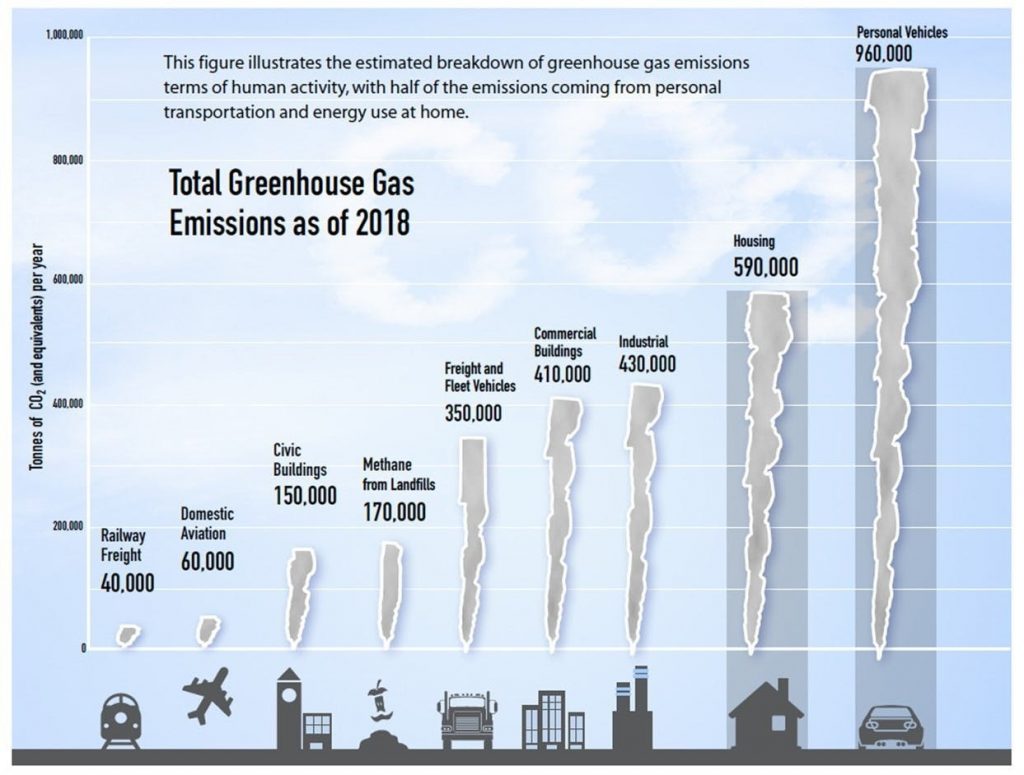Climate Emergency in Action in London
In 2019, the London City Council approved the Declaration of a Climate Emergency, “for the purposes of naming, framing, and deepening our commitment to protecting our economy, our eco systems, and our community from climate change.” This declaration shows the importance of evidence-based decision making aligned with a clear vision of what we want to achieve.
On April 23, 2019, the London City Council approved the Declaration of a Climate Emergency, “for the purposes of naming, framing, and deepening our commitment to protecting our economy, our eco systems, and our community from climate change.”
Climate in Canada is warming at twice the rate of the rest of the world, as per Canada’s Changing Climate report. The extreme weather events in 2020 and 2021 showed that the implementation of the declaration can’t come soon enough. And we can use the SDG framework to gain a more holistic view, explore the interconnections of climate change and develop more efficient solutions.
In London, personal vehicles are one of the main sources of GHG emissions and pollution, the declaration describes some of the significant negative impacts (environmental, social and economic) and cites transportation as one of the main challenges to overcome.
We can illustrate the interconnected SDG approach by looking at how different goals apply to this specific problem. SDG 13: Climate Action, the most obvious one highlights the urgency of the climate crisis and calls for better policy making, planning and monitoring. Other targets aim to improve education, awareness raising, institutional capacity and strengthen resilience. SDG3: Good Health & Well-being, aims to improve quality of life for all by promoting healthier lifestyles, cleaner air and safer spaces. Obesity, air pollution and road violence are directly related to our current transportation model. SDG10: Reduced Inequalities, tries to ensure equal social and economic opportunities for all. From being disproportionately affected by the negative impacts of climate change to a lack of access to public services, marginalized groups show how our transportation system is highly unequal and the global pandemic has exposed and exacerbated those challenges even more.
Putting words into action, the Climate Emergency Screening Tool (CEST) was developed to evaluate major road building, widening or maintenance projects, informing decisions at City Council. CEST was applied for the first time in 2021 to assess the widening from four to six lanes in Wonderland Rd. The final report recommended the suspension of Wonderland Road’s widening which was approved after a lengthy debate between councilors.
Urban planners agreed with the decision and added that the resources now available should be put towards more environmentally and socially responsible improvements such as public transit and active transportation that are less expensive, more inclusive and have a much smaller ecological footprint.
CEST shows the importance of evidence-based decision making aligned with a clear vision of what we want to achieve. As many other cities around Canada, City of London’s goal is to achieve net-zero greenhouse gas emissions by 2050. As recent events have shown that might be too late and a few cities are already making bolder commitments pushing the deadline to 2040 or sooner.

